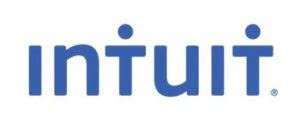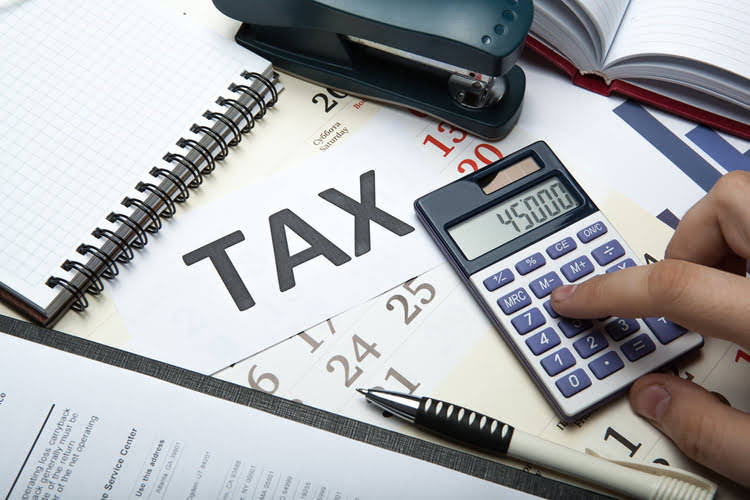How to Calculate Shareholders’ Equity: 9 Steps with Pictures
Bookkeeping

It is possible to determine a company’s shareholders’ equity by deducting its total liabilities from its total assets, both of which are listed on the balance sheet. In the absence of a balance sheet, the shareholder’s how to calculate stockholders equity equity can be determined by adding up all assets and deducting all liabilities to get the shareholder’s equity. The value of the common shares on a company’s balance sheet is known as the common shareholders equity.

Which of these is most important for your financial advisor to have?
- If it’s in positive territory, the company has sufficient assets to cover its liabilities.
- Excluding these transactions, the major source of change in a company’s equity is retained earnings, which are a component of comprehensive income.
- Factors like supply and demand, earnings, growth, competition, innovation, reputation and expectations determine a company’s market value.
- Microsoft anticipated that the acquisition would boost its earnings per share by 2024.
- Think of retained earnings as savings since it represents a cumulative total of profits that have been saved and put aside or retained for future use.
- Learn financial statement modeling, DCF, M&A, LBO, Comps and Excel shortcuts.
In terms of payment and liquidation order, bondholders are ahead of preferred shareholders, who in turn are ahead of common shareholders. Share Capital (contributed capital) refers to amounts received by the reporting company from transactions with shareholders. Common shares represent residual ownership in a company and in the event of liquidation or dividend payments, common shares can only receive payments after preferred shareholders have been paid first. Return on equity is a measure that analysts use to determine how effectively a company uses equity to generate a profit. It is obtained by taking the net income of the business divided by the shareholders’ equity. Net income is the total revenue minus expenses and taxes that a company generates during a specific period.
- This formula is known as the investor’s equation where you have to compute the share capital and then ascertain the retained earnings of the business.
- In these types of scenarios, the management team’s decision to add more to its cash reserves causes its cash balance to accumulate.
- If shareholders’ equity is positive, that indicates the company has enough assets to cover its liabilities.
- Companies might hold onto these shares for various reasons, like decreasing the number of shares in circulation, supporting the share value or using them for employee compensation.
- Investors are wary of companies with negative shareholder equity since such companies are considered risky to invest in, and shareholders may not get a return on their investment if the condition persists.
Ask a Financial Professional Any Question

Treasury stocks are repurchased shares of the company that are held for potential resale to investors. It is the difference between shares offered for subscription and outstanding shares of a company. On the other hand, liabilities are the total of current liabilities (short-term liabilities) and long-term liabilities. Current liability comprises debts that require repayment within one year, while long-term liabilities are liabilities whose repayment is due beyond one year.
How Shareholder Equity Works

Anna Yen, CFA is an investment writer with over two decades of professional finance and writing experience in roles within JPMorgan and UBS derivatives, asset management, crypto, and Family Money Map. She specializes in writing about investment topics ranging from traditional asset classes and derivatives to alternatives like cryptocurrency and https://www.bookstime.com/ real estate. Her work has been published on sites like Quicken and the crypto exchange Bybit. Volatility profiles based on trailing-three-year calculations of the standard deviation of service investment returns. Founded in 1993, The Motley Fool is a financial services company dedicated to making the world smarter, happier, and richer.
It aids in evaluating the company’s financial ratios, fund sources and uses and overall financial progress. When a company buys back shares from the market, those shares become known as treasury shares. They don’t count towards the company’s outstanding shares, nor do they grant voting or dividend privileges.
Brand Equity
How to Calculate Stockholders’ Equity
Do you already work with a financial advisor?

